 Abraham Lincoln
If given the truth, the people can be depended upon to meet any national crisis...
Abraham Lincoln
If given the truth, the people can be depended upon to meet any national crisis...
 Guildford news...
for Guildford people, brought to you by Guildford reporters - Guildford's own news service
Guildford news...
for Guildford people, brought to you by Guildford reporters - Guildford's own news service
Birdwatcher’s Diary No.45
Published on: 15 Sep, 2013
Updated on: 15 Sep, 2013
By Malcolm Fincham
With the events unfolding as they did at the end of my previous report, I was beginning to become a tad fearful at the thought of visiting heathland areas in case another fire should break out – and that I became a prime suspect of starting one! It being too much of a coincidence that I should happen to be in the area at the time. So I decided to visit a different venue and face a fear of another type.
From a young age, the only critters I have ever had a bit of a phobia about within the UK were wasps. This fear I finally managed to face [or thought I had] when I dealt with a host of them that took up residence in my attic just a few years ago.
However, while visiting Stoke Lake on several occasions at the turn of the month I happened to stumble upon a nest of hornets in a dead tree trunk near the short boardwalk to the north of the lake.
Apparently, and although I’ve never been personally stung by one, their a sting far more potent than a wasp’s, so although apprehensive I was at the same time very intrigued.
As strange as it may sound, I actually found them quite a fascination to watch. Although at the same time remaining aware not to get too close.
They have several guards on duty at the entrance to their nest. It is apparently advised not to breath too close to their nest nor should their flight path from it be obstructed in any way, so it was certainly a challenge for me to get a few pictures.
Despite what can often be termed as ‘urban myths’ they are top predators of the insect world as well as a great food source for bats. Click here for interesting facts about hornets.
It was therefore a great shock to me on my visit on September 15 to find that they had been removed from the nature reserve by Guildford Borough Council! – Just a few weeks before their natural demise, and when all the council had to do was close off the path, as it was all of last winter.
This also makes me despair at such times how us humans can be so ignorant about nature.
Click for more information about hornets.
September 2 took me on a trip to Farlington in Hampshire in hope of catching sight of a few migrants now being reported both locally and along the south coast. These are birds that have now started to make their journey back to their winter homes in Africa.
A most welcome sight on my arrival was a family of kestrels by the car park – with numbers falling nationally it’s always pleasing to see them.
Unfortunately, with the tide out so far in the harbour it wasn’t easy to view the distant waders. I was able to photograph a small group of various waders, including redshanks and godwits, feeding not too far away by a small inlet of water out on the muddy Langstone harbour. And about half a dozen bearded tits could be seen flitting among the inland reed beds, although too elusive to get any decent pictures.
News that a rare vagrant bird – a wryneck – had been seen in the area that morning (click here) set me on a stealthy walk in the direction it had last been seen. I was disappointed not to get a record shot and only had just a glimpse of it as it got spooked into some nearby brambles by a tractor driver cutting the field near to where it had last been seen.
But by the end of my visit I was very happy with many of the pictures I did get, which included a nice shot of a whinchat – one of at least four I eventually saw that day.
I also photographed a small flock of yellow wagtails making their journey back to Africa and feeding among some cattle at the reserve.
Also on view in one of the freshwater pools was a juvenile little ringed plover. Click here.
And also a little egret – one of several seen that day.
Having braved the fear of the hornets, I decided to make the most of the glorious sunshine on September 3 and chance a trip to Thursley Common and to overcome the fear of discovering another heathland fire…
Although bird life was at a minimum, as it can be at times on heathlands, it gave me a great opportunity to get a few close up photos of insects and reptiles.
Common lizards, both young and adult, were abundant, and many of various colourations could be viewed along the boardwalks – basking in the warm sunshine. With some added patience I even managed a number of pleasing pictures.
For more details about lizards that can be found in Surrey, click here.
A number of dragonfly could also be viewed, spawning in the pools of water that still remained as the long dry spell continued.
Meanwhile, out on the heath, lots of bees of different types continued their busy work collecting nectar from the flowering heather. While there I wondered, do you get extra Nectar points when you buy honey at Sainsbury’s?
By the second week of the month, with the evenings now noticeably starting to close in and with just a few hours to spare before sunset, I decided to venture down to Stoke Lake once again; this time to watch the Canada geese now starting to gather in large numbers throughout the day.
There can be in excess of 170 birds, only to take flight in small groups of up to 20 or so from the lake in a southerly direction across Guildford town.
Also seen with one of groups was a pair of greylag geese, which took flight alongside the Canada geese. Within 15 minutes of the first skein taking flight they were all gone – leaving the lake to just a handful of Egyptian geese not willing to follow them.
I always find this a wonderful sight, but while standing close to the picnic tables watching this spectacular event on Saturday, September 7, I caught sight out of the corner of my eye of a small bird flitting around by the edge of the lake.
I instantly recognised it by its distinctive white rump – a wheatear – stopping off for a short rest on its long journey back to its winter home.
I was even more delighted when it decided to settle on one of the picnic tables, allowing me some rather pleasing pictures and great record shots. Fortunately, unlike our non indigenous Canada geese, these birds know exactly where to migrate to!
To finish with… and just for fun to please my editors, a ‘wild stab’ at a weather prediction. [Ed: Malcolm was quite accurate last winter. Eat your heart out Met Office!]
Although summer is now showing distinct signs of coming to a close and with Atlantic weather systems during the second week of the month reaching our shores, I’m still hopeful a settled spell of weather in the next few weeks. However, if sunspot activity continues to remain as low as it is currently – the main driver of our climate – I feel we can expect some very sharp frosts by November, followed by another cold winter ahead.
Responses to Birdwatcher’s Diary No.45
Leave a Comment Cancel replyPlease see our comments policy. All comments are moderated and may take time to appear.
Recent Articles
- Guildford Institute’s Crowdfunding Project for Accessible Toilet in its New Community and Wellbeing Centre
- Letter: Guildford – Another Opportunity Missed?
- Letter: GBC’s Corporate Strategy – Where Is the Ambition?
- My Memories of John Mayall at a Ground-breaking Gig in Guildford Nearly Six Decades Ago
- Westborough HMO Plans ‘Losing the Heart of the Street’ Says Resident
- College Invests to Boost Surrey’s Economy and Close Digital Skills Gap
- Community Lottery Brings Big Wins for Local Charities
- GBC Housing Plan Promises ‘A Vibrant Urban Neighbourhood’ Near Town Centre
- Hospital Pillows ‘Shortage’ at the Royal Surrey
- Updated: Caravans Set Up Camp at Ash Manor School


Recent Comments
- Ian Macpherson on Updated: Main Guildford to Godalming Road Closed Until August 1
- Sara Tokunaga on GBC Housing Plan Promises ‘A Vibrant Urban Neighbourhood’ Near Town Centre
- Michael Courtnage on Daily Mail Online Reports Guildford Has Highest-paid Council Officer
- Alan Judge on GBC Housing Plan Promises ‘A Vibrant Urban Neighbourhood’ Near Town Centre
- John Perkins on GBC Housing Plan Promises ‘A Vibrant Urban Neighbourhood’ Near Town Centre
- S Collins on GBC Housing Plan Promises ‘A Vibrant Urban Neighbourhood’ Near Town Centre
Search in Site
Media Gallery
Dragon Interview: Local Artist Leaves Her Mark At One of England’s Most Historic Buildings
January 21, 2023 / No Comment / Read MoreDragon Interview: Lib Dem Planning Chair: ‘Current Policy Doesn’t Work for Local People’
January 19, 2023 / No Comment / Read MoreA3 Tunnel in Guildford ‘Necessary’ for New Homes, Says Guildford’s MP
January 10, 2023 / No Comment / Read More‘Madness’ for London Road Scheme to Go Ahead Against ‘Huge Opposition’, Says SCC Leader
January 6, 2023 / No Comment / Read MoreCouncillor’s Son Starts Campaign for More Consultation on North Street Plan
December 30, 2022 / No Comment / Read MoreCounty Council Climbs Down Over London Road Works – Further ‘Engagement’ Period Announced
December 14, 2022 / No Comment / Read MoreDragon Interview: GBC Reaction to the Government’s Expected Decision to Relax Housing Targets
December 7, 2022 / No Comment / Read MoreHow Can Our Town Centre Businesses Recover? Watch the Shop Front Debate
May 18, 2020 / No Comment / Read More



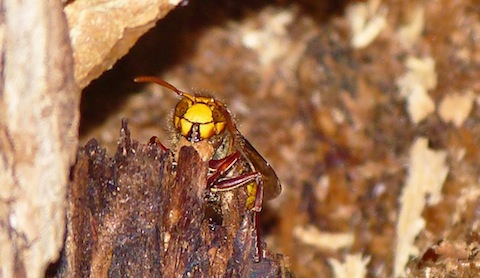
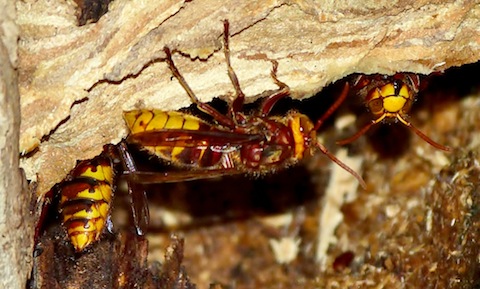
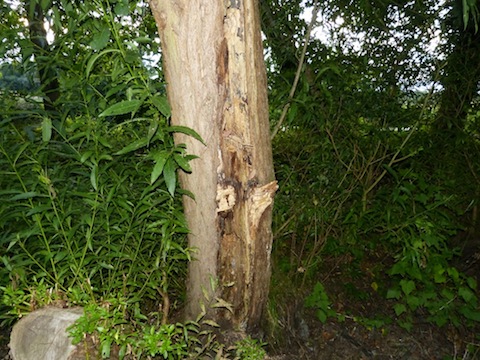
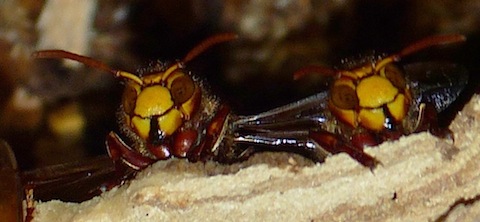
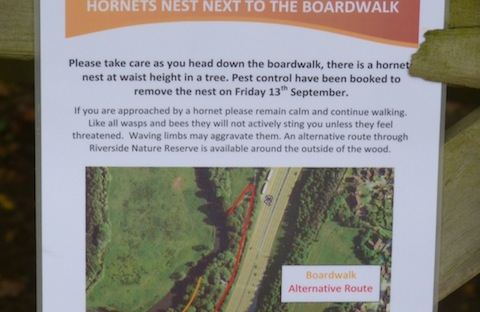
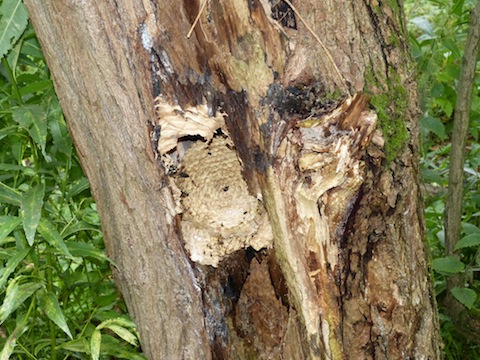
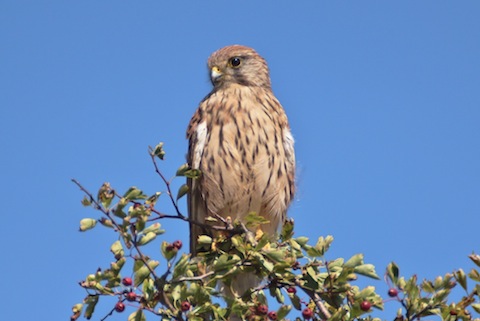

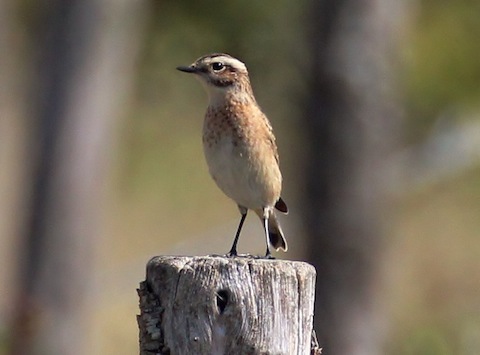
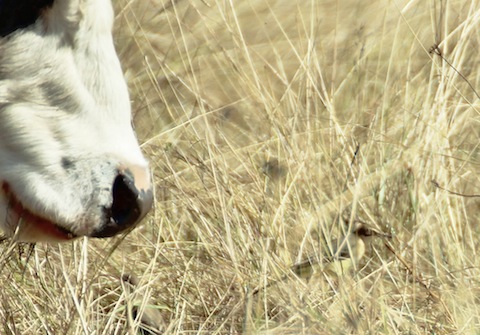
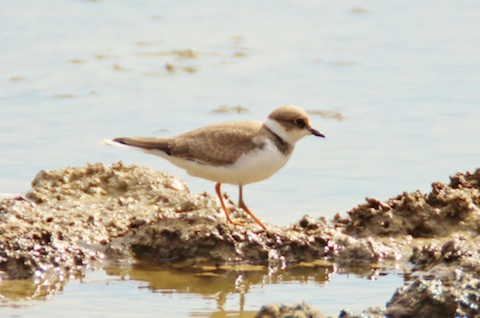
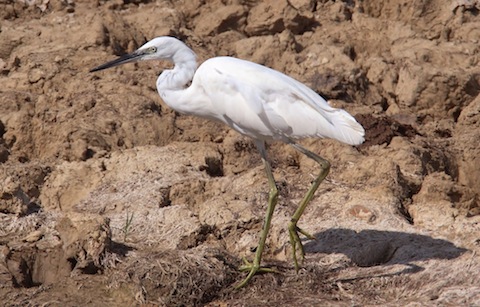

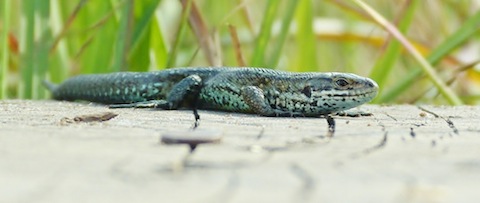
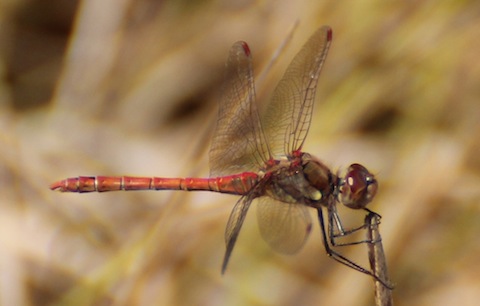
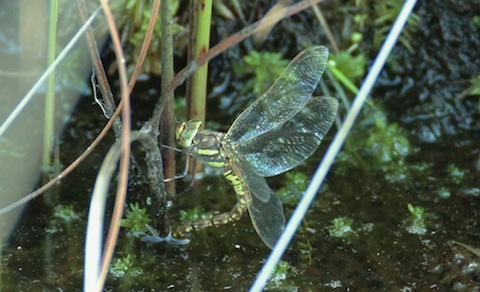
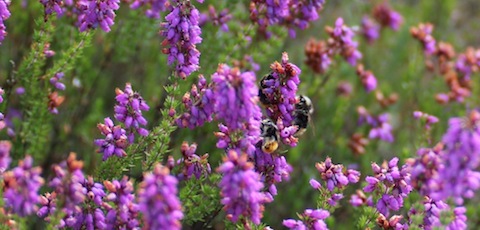
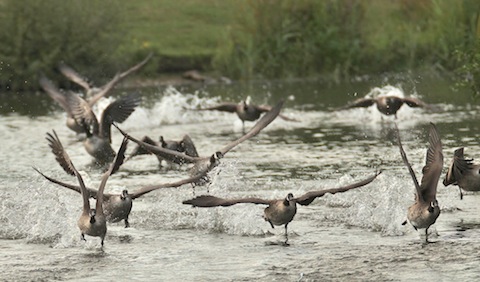
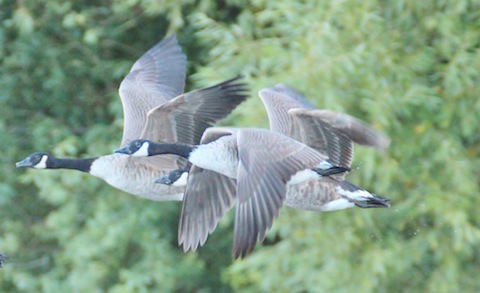
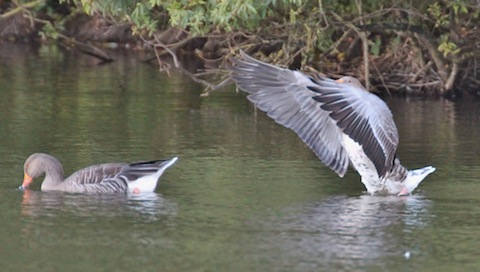
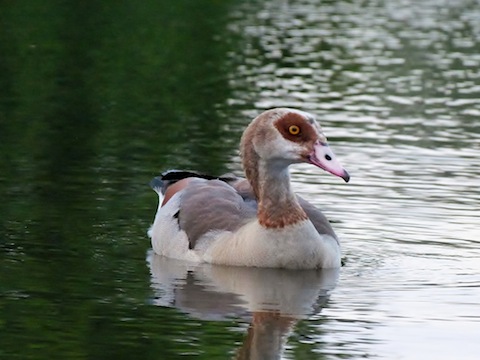
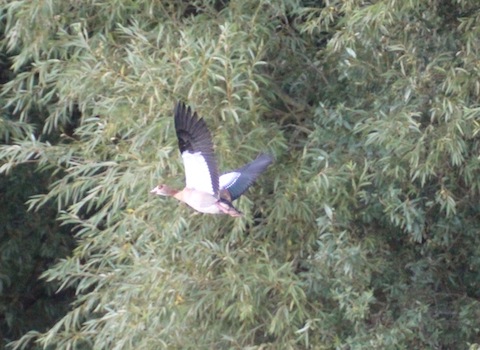
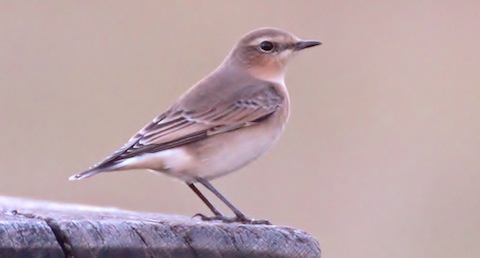
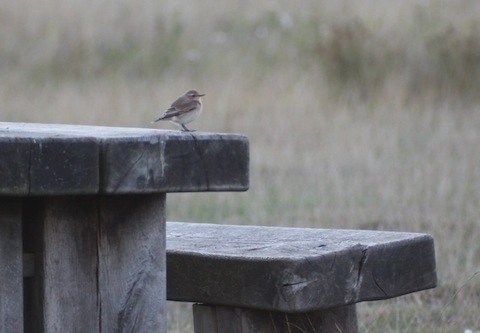
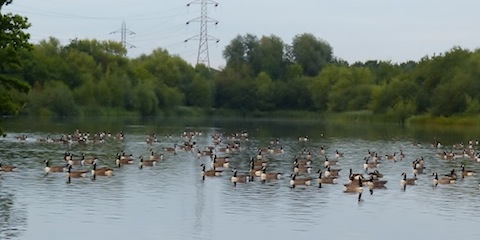






Sue Bushell
September 16, 2013 at 11:20 pm
Great photos Malcolm, a real joy to see all thie great wildlife around us, we look forward to your diary.